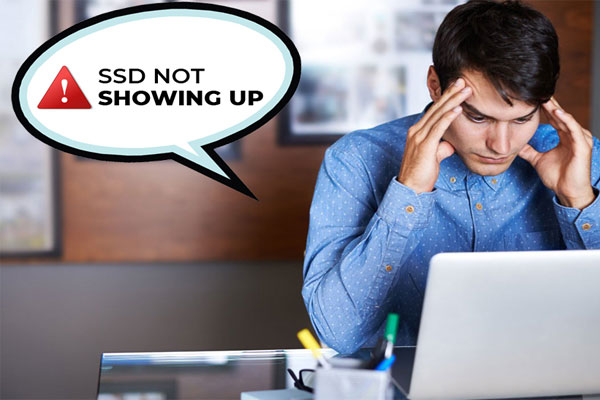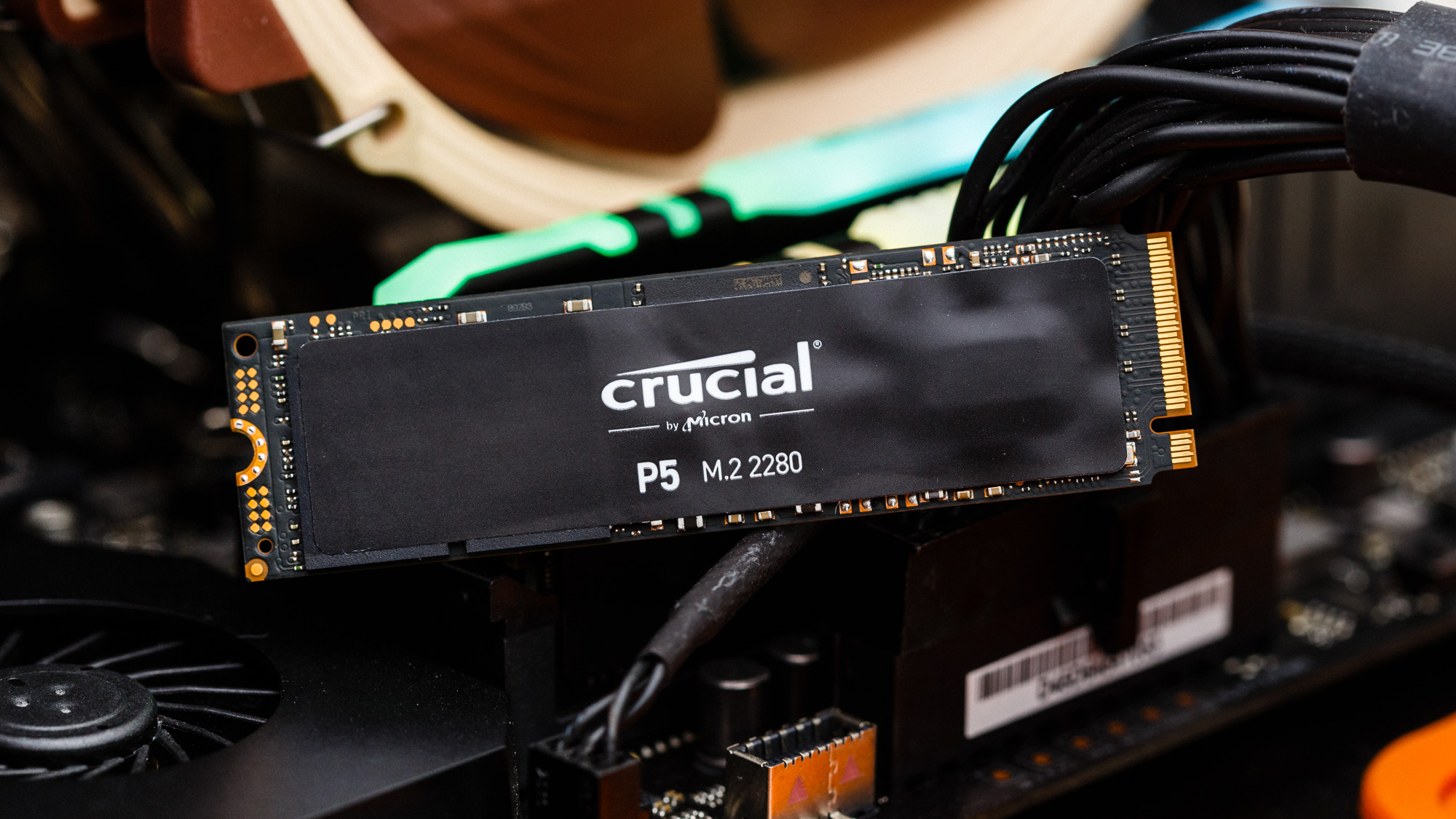

- #Crucial ssd troubleshooting laptop how to#
- #Crucial ssd troubleshooting laptop install#
- #Crucial ssd troubleshooting laptop for windows 10#
- #Crucial ssd troubleshooting laptop windows 10#
- #Crucial ssd troubleshooting laptop pro#
And most of all, it supports cloning HDD/SSD to any type of Crucial SSDs in a straightforward and fast manner.Īs it tested out, the disk clone feature in EaseUS todo clone software enables migration of the operating system, disk partition, documents, pictures, and installed programs with settings for all Crucial SSD models, including Crucial MX200, MX100, BX100, and M500 Series, etc. Don't take the name wrong, as it's indeed a backup and recovery program, however, the highlighted feature of which is disk partition imaging and cloning. The best Crucial SSD migration software we're going to introduce is also known as Crucial SSD clone software, and it's called EaseUS Todo Backup Software. All you need is Crucial SSD migration software.

#Crucial ssd troubleshooting laptop how to#
But some people are wondering how to transfer data or OS to Crucial SSD. In our daily life, we often use Seagate, Crucial, and Sandisk SSDs. Solid-state drives (SSDs) are designed to store important data and speed up your system. Overview of the Best Crucial SSD Migration Software
#Crucial ssd troubleshooting laptop windows 10#
Click "Proceed" to start cloning Windows 10 to Crucial SSD. Choose the destination disk - Crucial SSD to save your Windows 10/8/7 system Select System Clone on the left tool panel by clicking the icon at the left top corner.
#Crucial ssd troubleshooting laptop for windows 10#
Run EaseUS Todo Backup for Windows 10 Clone.

Buying a second hand replacement cable for a bargain price online is an easy way to get another defective one, so for this reason go through a reputable Apple parts dealer.How to Use Crucial SSD Clone Software to Move OS We recommend you look at a reputable Mac parts reseller online for purchasing a replacement cable. If you’ve already physically replaced your drive with an SSD, then it’s only a few extra steps more to swap your existing cable out. If it looks like the ribbon cable is the problem for your MacBook Pro, it’s something relatively easy to address. The important thing to remember: If you can see the SSD, erase the SSD, and transfer data to the drive outside of your MacBook Pro, or with it in another system, your SSD is most likely functional. For this reason, if your old disk drive (or even a different SSD) is working fine on a cable, it doesn’t necessarily rule the cable out as a problem. An older, slower HDD uses only a fraction of this bandwidth and can be more resilient to these problems. These problems tend to be more prevalent with fast SSDs because they are utilizing 100% of the bandwidth on that cable. Over time, it’s possible for this cable to exhibit issues that interfere with the operation of the drive.
#Crucial ssd troubleshooting laptop pro#
Be aware that hardware tests can fail running tests on healthy drives when they are behind a faulty ribbon cable, which is another important reason for testing externally.Ī potential problem with MacBook Pro systems has to do with the black ribbon cable that connects to the internal drive. However, if the system runs into problems after installing the drive, it is a potential hardware problem inside the MacBook Pro – possibly a malfunctioning ribbon cable or a logic board problem.Īnother thing to consider is running Apple Hardware Test to see if it can catch any apparent memory problems or other issues.
#Crucial ssd troubleshooting laptop install#
If testing outside the MacBook Pro looks positive, you can install the drive back into the MacBook Pro to see what happens. If you can erase your SSD externally and install OS X to the drive, the SSD is functioning normally. If you are having problems booting to the SSD externally, or haven’t installed OS X to the drive, you will now want to follow the steps for erasing your SSD, then proceed with reinstalling the operating system. Bear in mind that the SSD might be slower because it’s now working through the USB interface, but you should be able to have your desktop load and use any software you have on the drive. By selecting the SSD and pressing Enter, you can test the drive to see how it responds. If you already have OS X® installed to the drive, this will bring up Startup Manager and you can select the SSD (now an external USB drive) as your boot device. When the drive is removed, you will want to connect it with some sort of external drive enclosure, or a USB to 2.5-inch drive adapter cable like this one available at .Īfter the SSD is physically connected externally to the Macbook Pro, you can hold the OPTION key down while turning the system on. You can use one of our install documents on our Mac SSD support page. When removing your SSD, make sure to follow appropriate install guides. Please note that even though your old drive, or a different drive, might not be exhibiting any issues inside the MacBook Pro, this doesn’t rule out a potential hardware issue inside the system. An important step for isolating the source of your problems is to physically remove the drive from the MacBook Pro to rule out any potential internal issues in the computer itself.


 0 kommentar(er)
0 kommentar(er)
